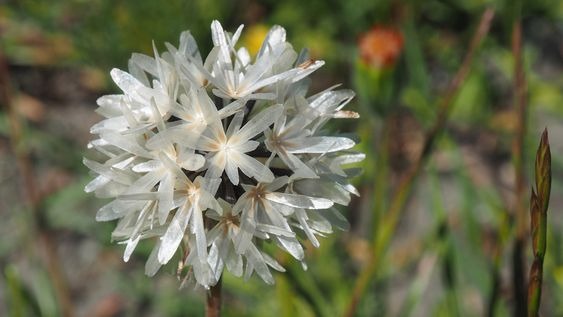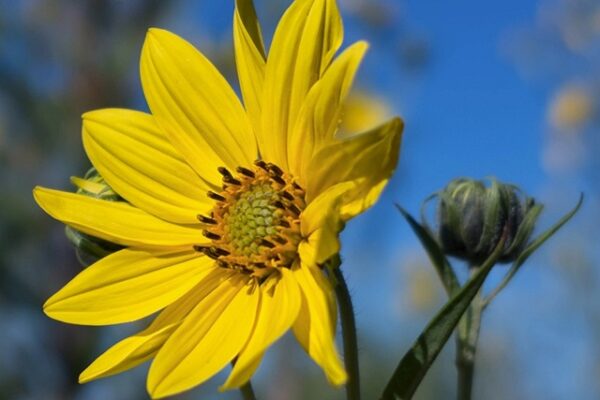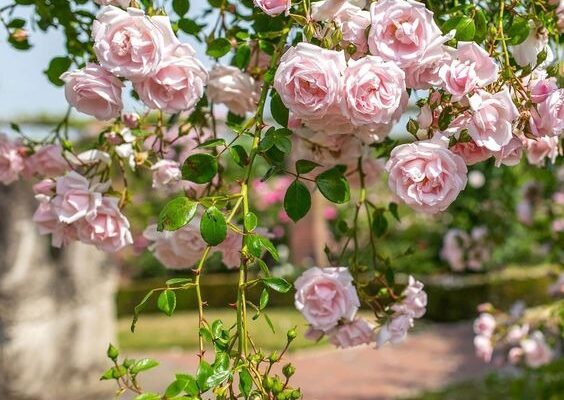How to Grow and Care for Blow Wives: Best Tips
Achyrachaena mollis, commonly known as blow wives, is an annual wildflower indigenous to the grasslands and low hills of far western North America. Its name “blow wives” stems from the manner in which the feathery dried scales of its flowers disperse seeds through the air. The plant features an upright stem that culminates in a rounded bud, opening up to form a spherical cluster of small yellow blossoms. Rather than its flowers, the primary visual attraction of this plant lies in the globular formations of dried scales, which develop as the plant prepares to scatter its seeds. During this phase, the flower takes on the appearance of a fluffy dandelion head, once the petals have withered and dried.
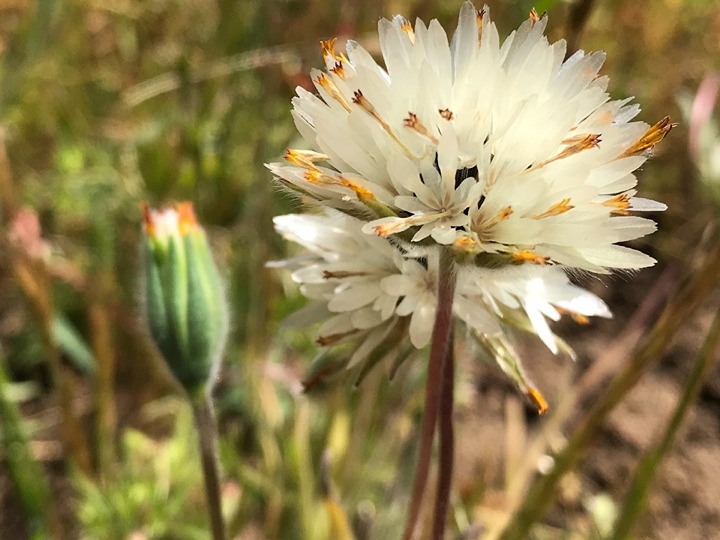
Blow wives are fast-growing wildflowers typically sown in the autumn through early winter for cultivation. Some specialized nurseries may also provide potted plants. Regardless of the method chosen, blow wives rapidly mature and bloom from late March to June, subsequently self-seeding effortlessly. Once a patch is established, it is unlikely that further seed planting will be necessary due to the efficient seed distribution mechanism of these plants.
Common Name Blow wives, soft blow wives
Botanical Name Achyrachaena mollis
Family Asteraceae
Plant Type Annual
Soil Type Sandy loam to clay
Soil pH Acidic to alkaline
Bloom Time Spring, summer
Flower Color Yellow
Mature Size 1–2 feet tall
Sun Exposure Full sun
Hardiness Zones All zones (true annual)
Native Area Western North America

How to Care Blow wives
Blow wives are commonly encountered in grasslands, oak woodland habitats, and sunny slopes at lower elevations within the Klamath-Siskiyou region of Oregon and Northern California. They thrive particularly well in clay soils, even at altitudes of up to 4,000 feet. In such areas, it is possible that you won’t need to intentionally introduce this species, as volunteer plants may spontaneously emerge in your garden, carried by wind-dispersed seeds. However, in other locations, blow wives can serve as an intriguing addition to any wildflower meadow or grassy garden setting. The most reliable sources for acquiring blow wives seeds or live plants are specialized native plant nurseries or online retailers.
Cultivating these plants entails minimal effort, mainly involving the planting of seeds or potted plants. If the conditions are suitable, they are highly likely to self-seed and establish well. While there is a slight possibility of them becoming invasive, blow wives are not considered excessively problematic and are rarely listed as invasive species. They do not face significant issues with pests, diseases, or any noteworthy cultural challenges.
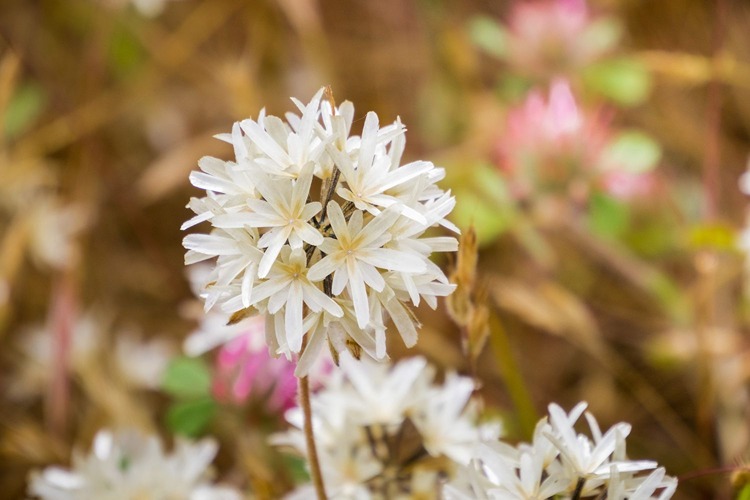
Light
The blow wives plant exhibits a remarkable adaptability to various lighting conditions, thriving equally well in areas with abundant sunlight as well as those with partial shade. This plant is known to flourish when exposed to full sun, where it can receive direct sunlight for a significant portion of the day. However, it also demonstrates resilience and the ability to prosper under conditions of partial shade, where it receives filtered sunlight or is shaded for a portion of the day. Whether placed in a garden with ample sunlight or in an area that offers some shade, the blow wives plant can thrive and exhibit its charming characteristics.
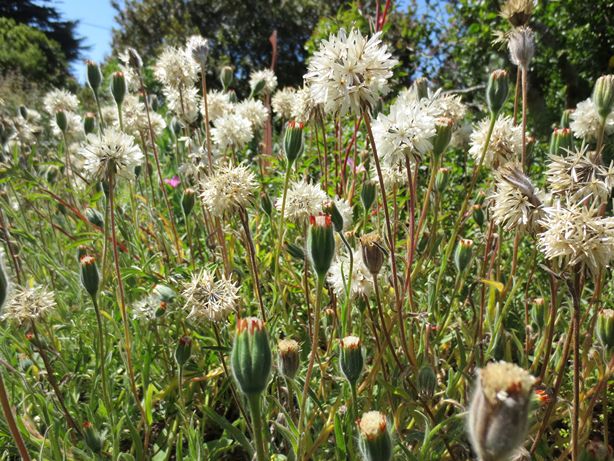
Soil
Blow wives have a remarkable adaptability to a diverse array of soil types, enabling successful growth across various conditions. While they can thrive in average soil, it is essential for the soil to be well-drained to ensure proper moisture regulation and prevent waterlogging. Additionally, blow wives exhibit exceptional adaptability even in challenging soil compositions, such as clay soil or rocky serpentine soils, which may contain elevated levels of metallic compounds. These resilient plants are capable of flourishing in such conditions, showcasing their ability to thrive in diverse soil environments.
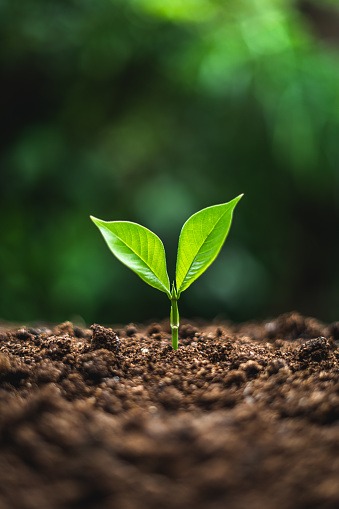
Water
Originating from California, these plants possess inherent qualities of drought tolerance, enabling them to withstand periods of limited water availability. Despite their resilience, to ensure optimal growth and development, it is recommended to provide regular weekly watering. While they can survive with less frequent watering, providing consistent moisture through weekly watering sessions will facilitate their best growth potential. By adhering to a routine watering schedule, you can promote healthy foliage, robust blooms, and overall vitality in these native California plants.

Climate and Moisture Levels
The optimal growth conditions for these plants are found in regions characterized by hot and dry summers, coupled with cool, wet, and foggy winters. It is within such climates that these plants truly thrive. Notably, they have a tendency to initiate their flowering cycle in April, coinciding with the conclusion of the rainy season in their native California. This natural synchronization between the onset of their blooming and the conclusion of the rainy period showcases their adaptation to the local climate, emphasizing their affinity for specific weather patterns throughout the year.
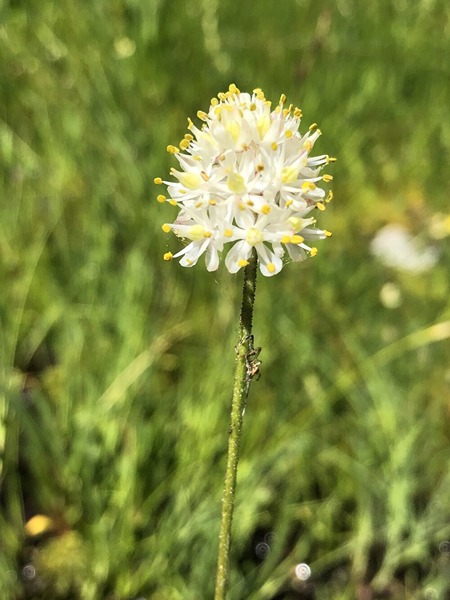
Fertilizer
Blow wives do not require fertilization to support their growth. Similar to numerous other wildflowers, the application of fertilizers may actually impede their blooming process. In fact, fertilizing blow wives could potentially hinder their ability to produce flowers. It is important to note that these plants possess inherent mechanisms to thrive without the need for external fertilization, and interfering with this natural process may disrupt their blooming cycle. Therefore, it is advisable to refrain from fertilizing blow wives, allowing them to flourish and bloom naturally.
How to Grow Blow Wives From Seed
The propagation of this plant occurs naturally through self-seeding, as it disperses its seeds into the air once its blooming cycle is complete. However, if you prefer to sow the seeds yourself, it is recommended to harvest them from existing plants in late spring, before they are carried away by the wind. These seeds can be identified as dark seeds attached to the ends of the white pappus petals, which serve as vehicles for their dispersal. For optimal germination, it is advised to plant the seeds outdoors during the fall to early winter period, with October being an ideal time. When planting, it is acceptable to leave the pappus attached to the seed, ensuring they are just lightly covered with soil. This method will facilitate successful germination and growth of the blow wives plants.
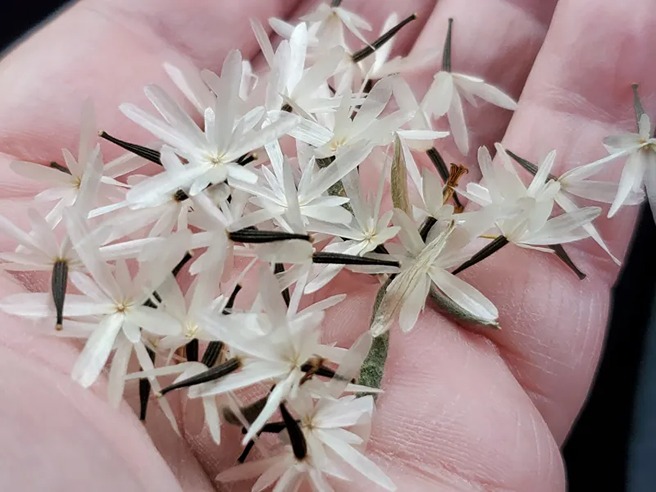
Potting and Repotting
While it may not be a commonly practiced approach, cultivating blow wives in containers is entirely feasible. By sowing seeds directly onto the surface of pots filled with standard commercial potting soil and lightly covering them with soil, the seeds will swiftly germinate, sprout, and grow into blooming plants. However, as blow wives alone may not possess exceptional visual appeal, it is recommended to incorporate them into mixed containers alongside ornamental grasses and other annual wildflowers. This combination will enhance the overall aesthetics and create a more captivating display.
The advantage of container cultivation is that repotting is unnecessary. At the conclusion of the season, simply dispose of the plants and begin anew in the following spring. This allows for convenient and hassle-free gardening, without the need for transferring or repotting the blow wives plants.
Overwintering
Similar to the majority of native annuals, this robust wildflower does not require winter protection. However, if you desire to control the plant’s expansion within your garden, it is advisable to remove the plants once they have finished blooming. This practice will help prevent excessive self-seeding and effectively limit the spread of the plant. By proactively managing the plant’s reproduction through timely removal, you can maintain control over its presence in your garden while still enjoying its vibrant blooms.
How to Get Blow Wives to Bloom
Encouraging wildflowers like blow wives to bloom is seldom necessary, as their inherent robust blooming tendencies contribute to their success in native environments. Paradoxically, excessive attention and care can actually hinder the blooming process of blow wives. Applying fertilizer to this plant is likely to result in reduced flowering. If you find that your blow wives is not producing blooms, the most effective course of action is to simply neglect it. Allowing the plant to thrive in its natural state, without unnecessary intervention or pampering, often yields the best results in terms of blooming.
